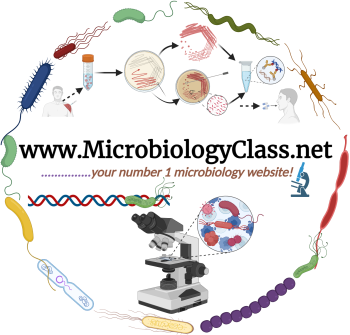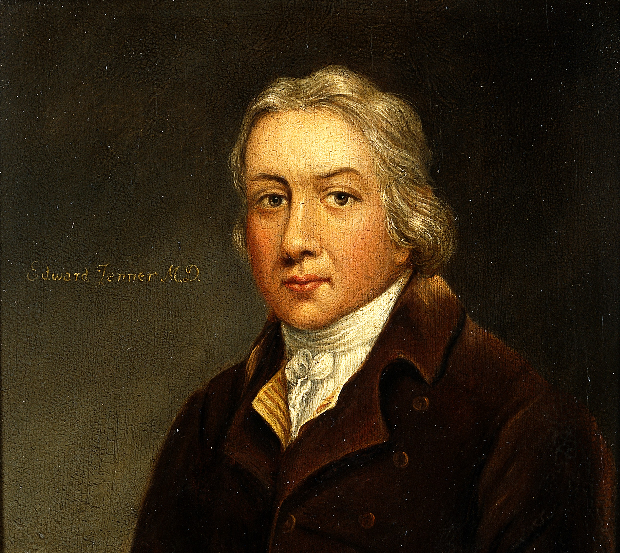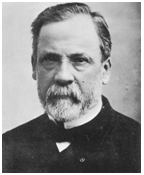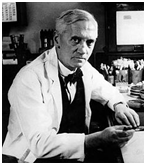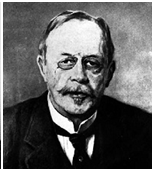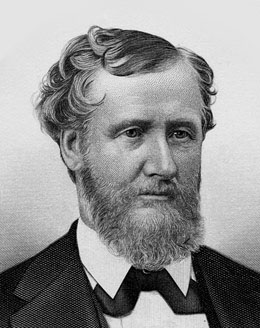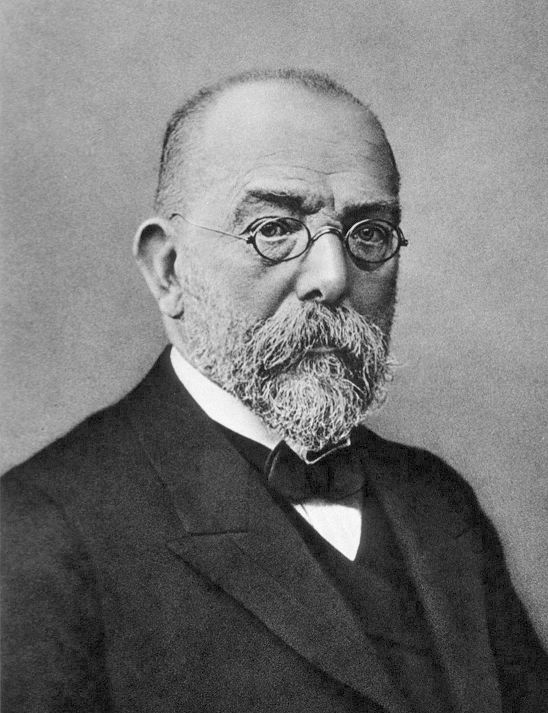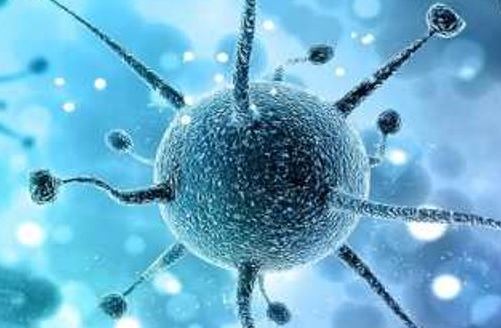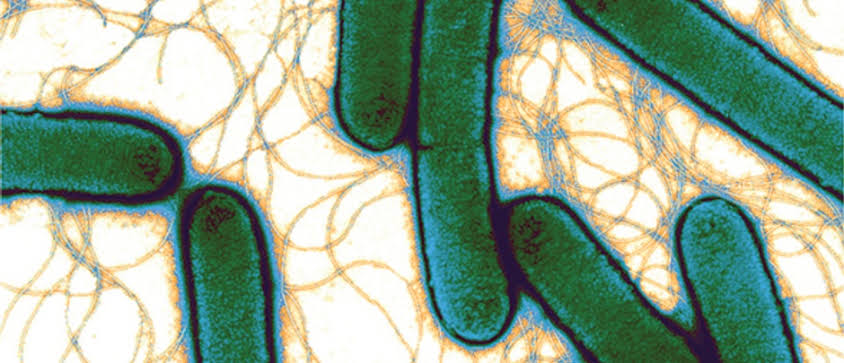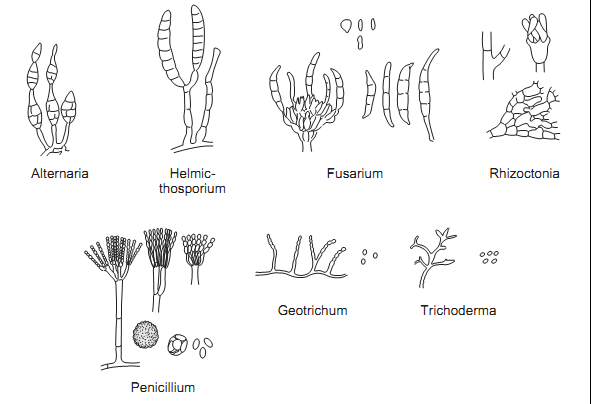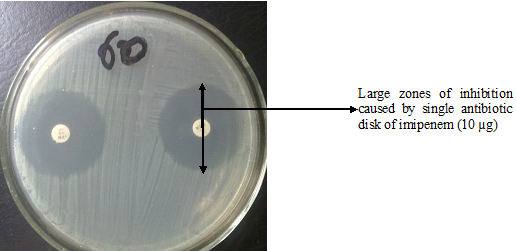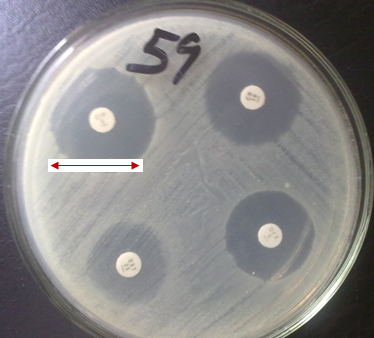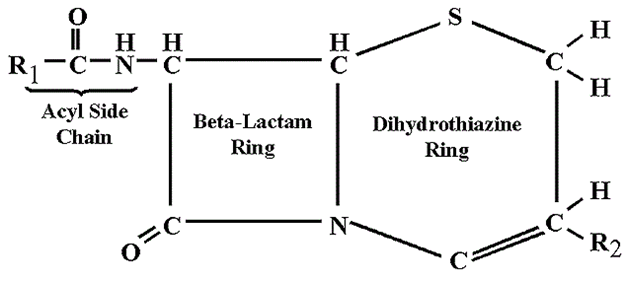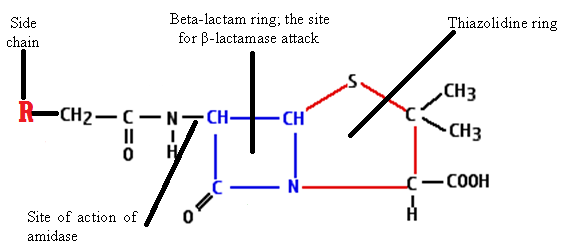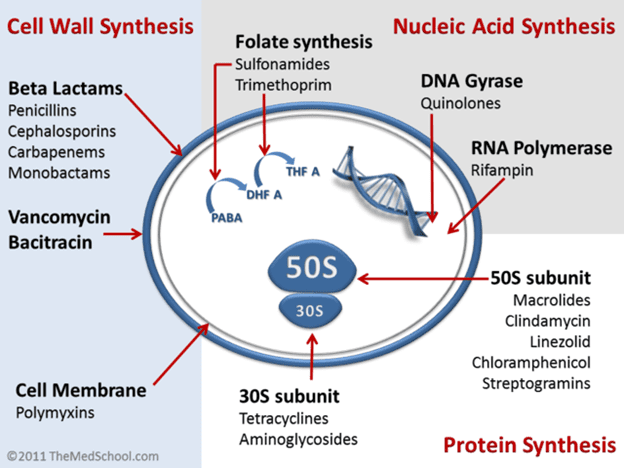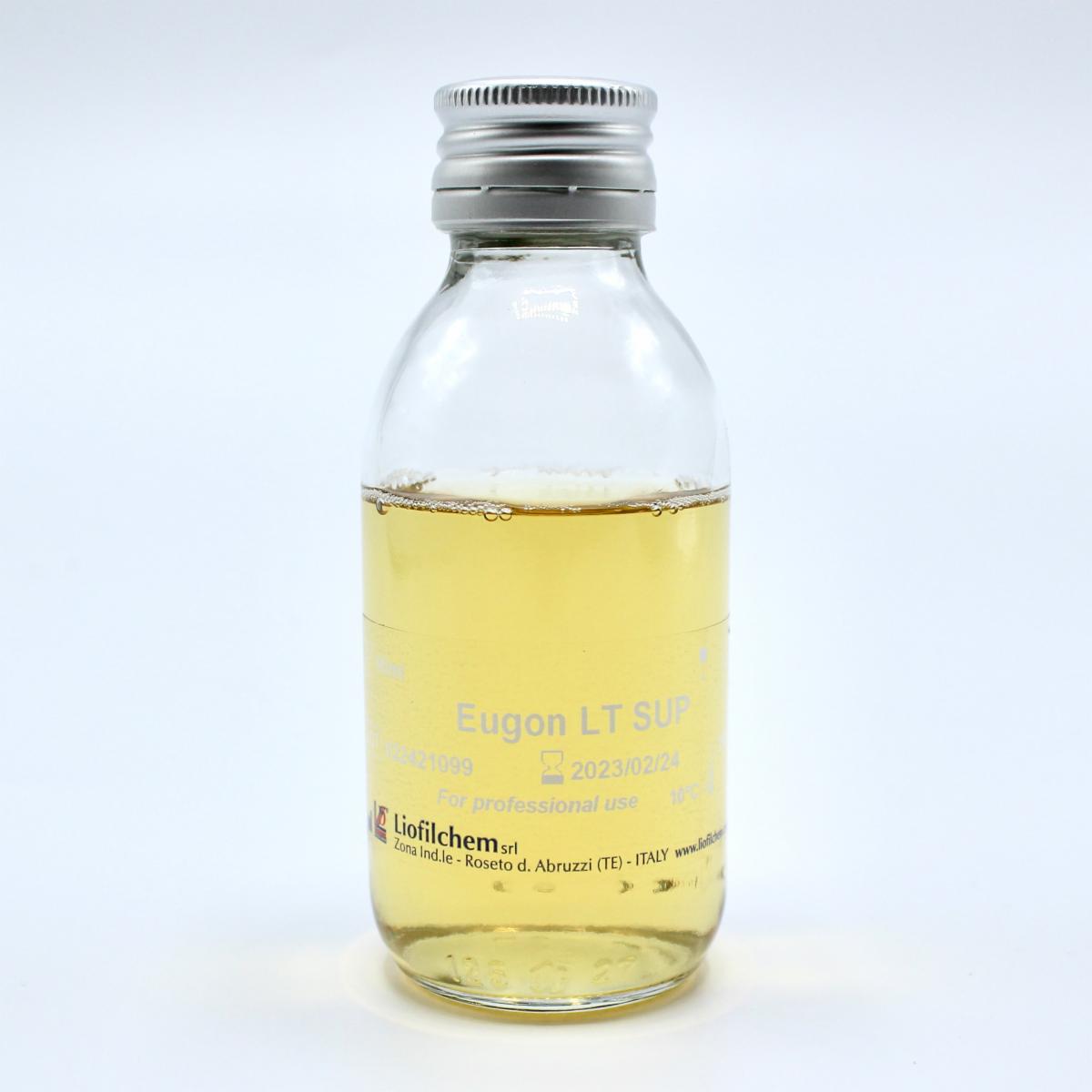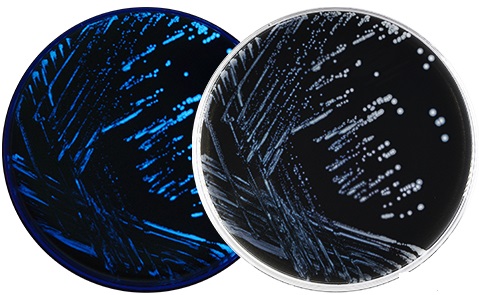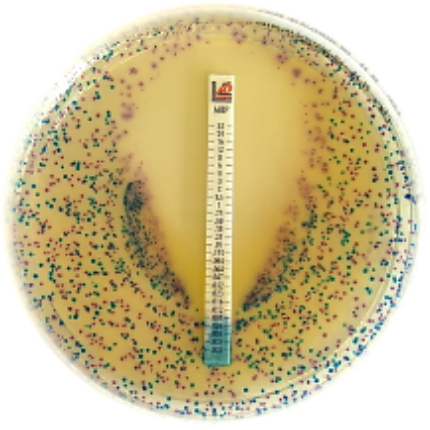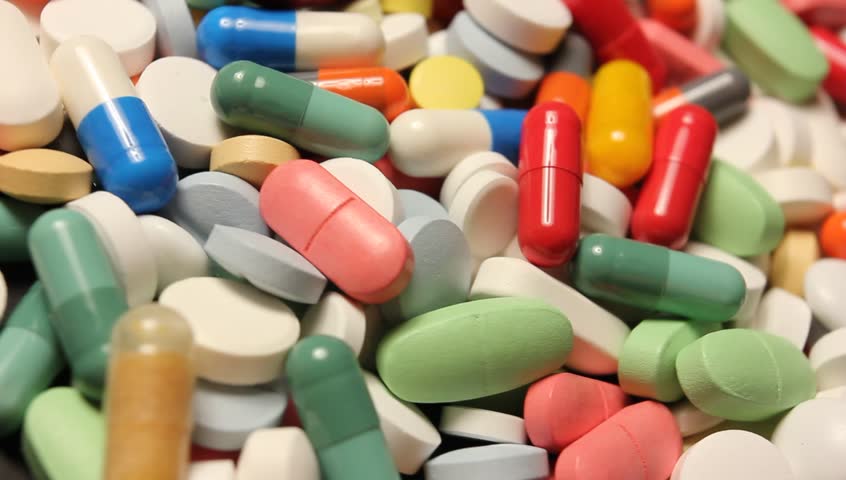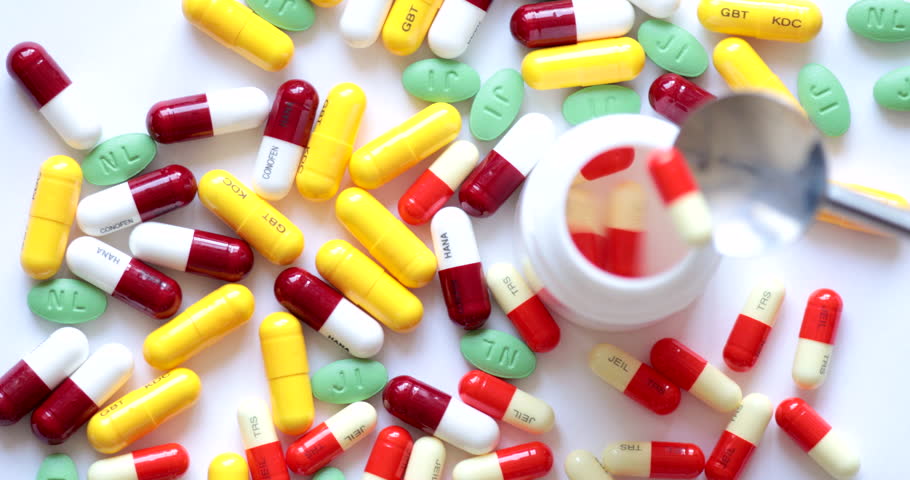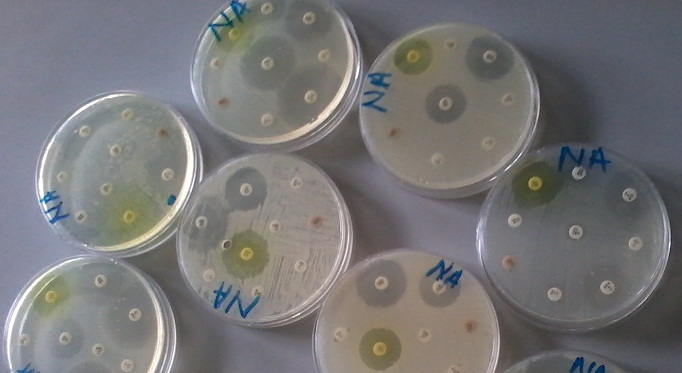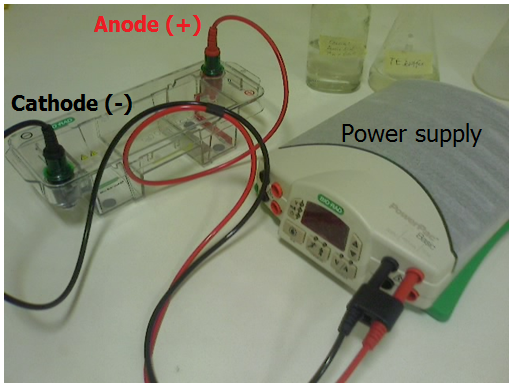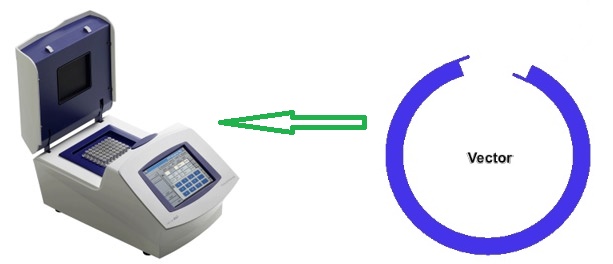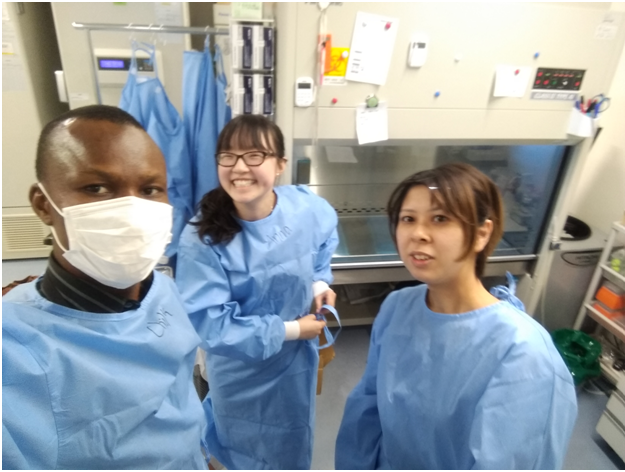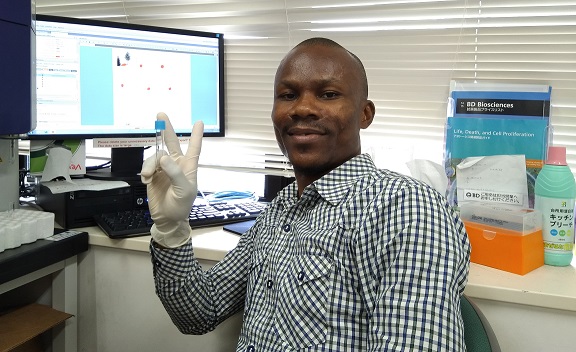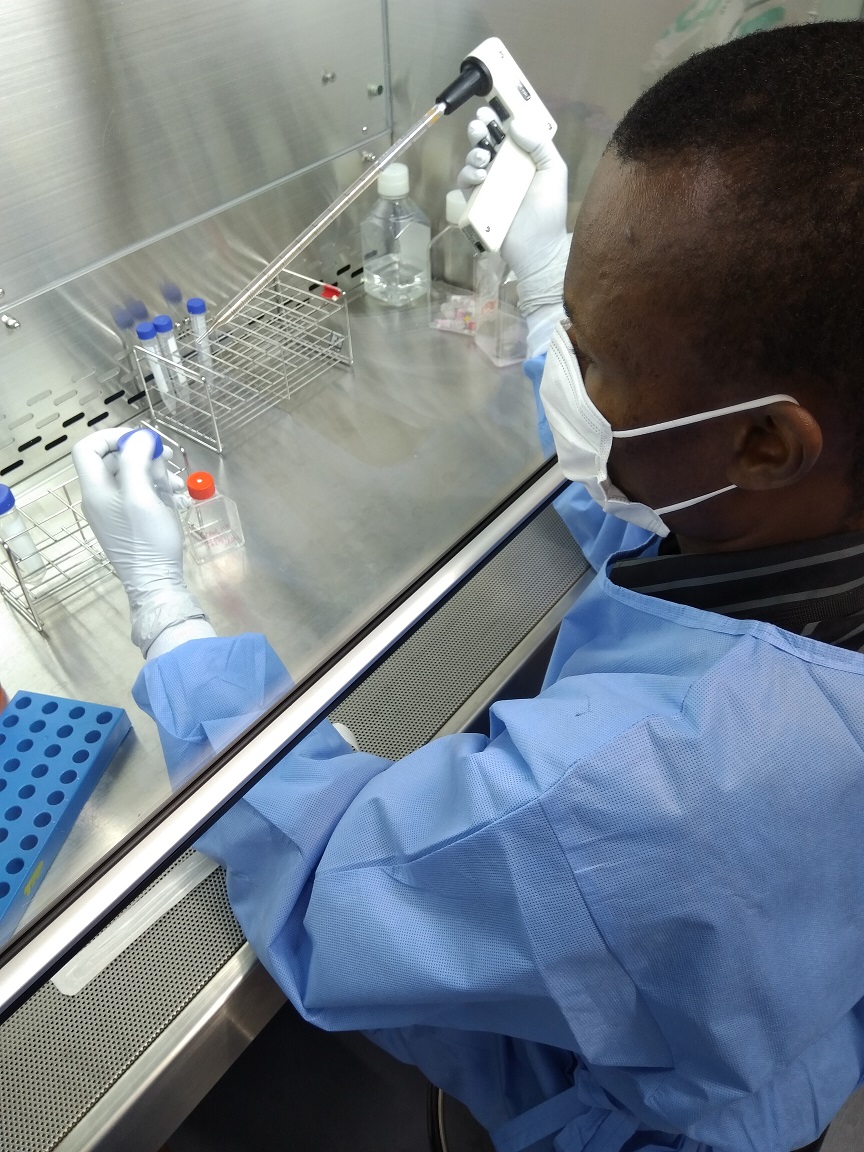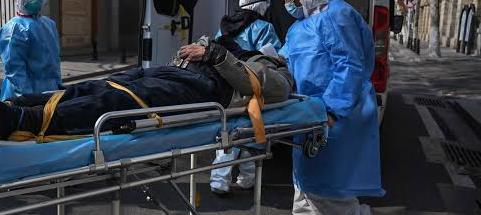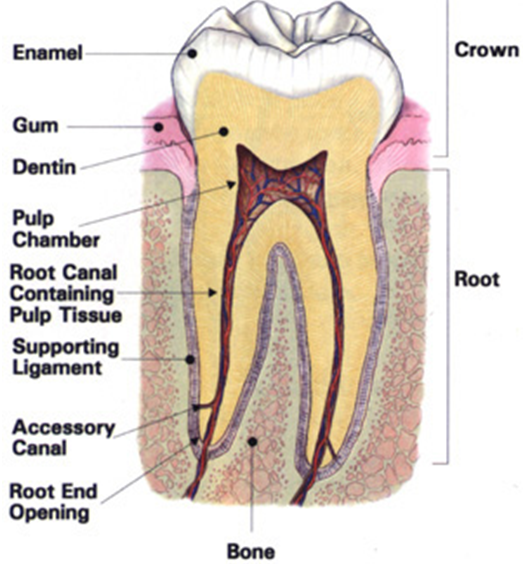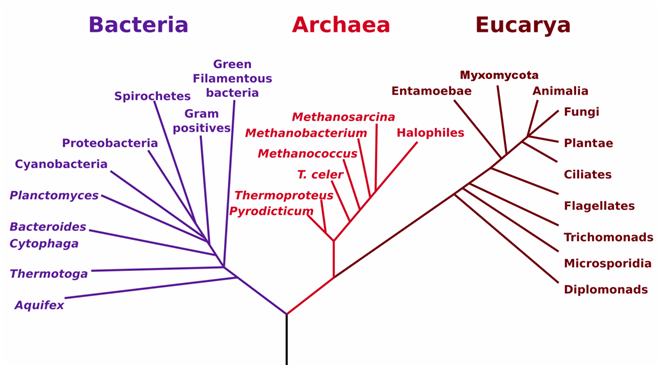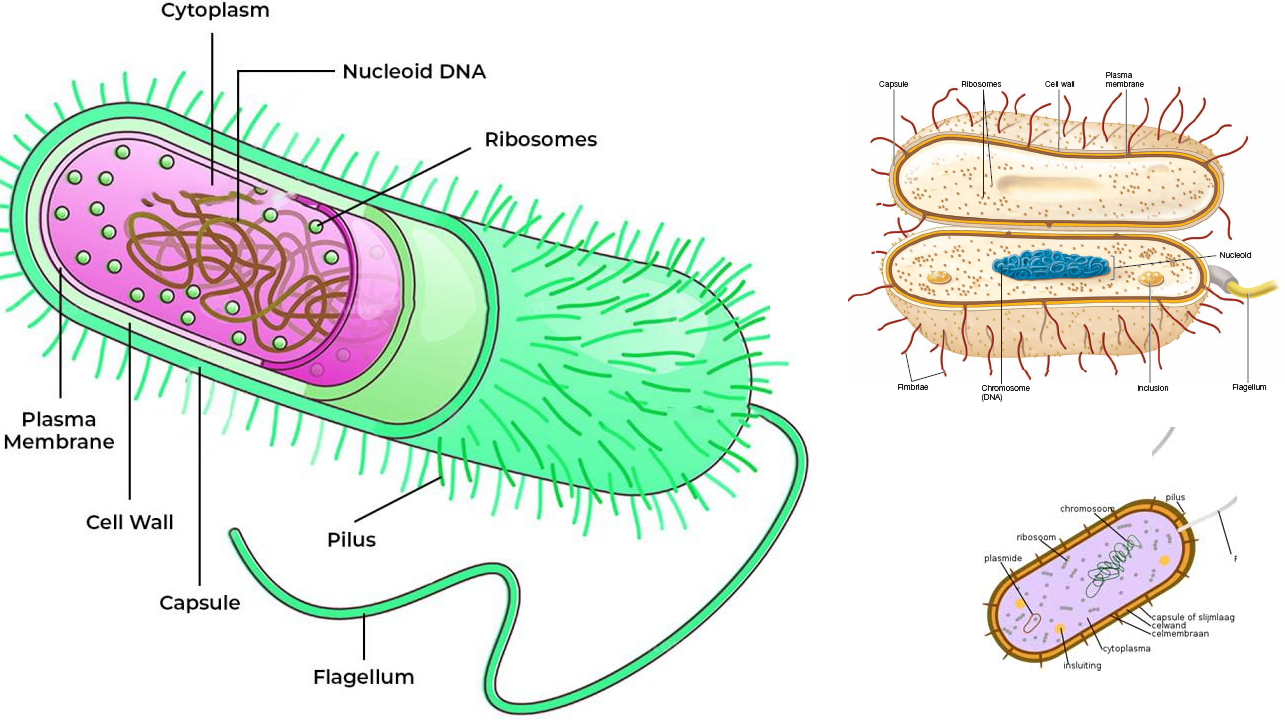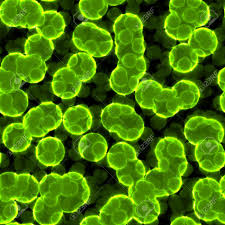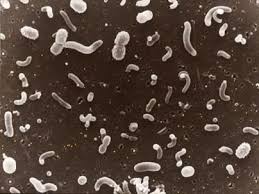Nicolas Appert, a French chef and a confectioner is the “father of canning”, and was […]
Month: December 2022
FERDINAND J. COHN (1828-1898)
Ferdinand Cohn, a German biologist was born in Breslau (now in Poland). Cohn was the […]
EDWARD JENNER (1749-1823)
Edward Jenner was the pioneer of the dreaded smallpox vaccination and also the father of […]
LOUIS PASTEUR (1822-1895)
Louis Pasteur, a French scientist was the first to report the role of microorganisms in […]
JOHN TYNDALL (1820-1883)
One of the traditional arguments against abiogenesis was the claim that the heat used to […]
ALEXANDER FLEMMING (1881-1955)
Alexander Flemming, a Scottish born physician who spent most of his time studying bacteria discovered […]
AVERY OSWALD (1877-1955)
Avery Oswald was a Canadian-born American physician and medical researcher who provided the molecular explanation […]
HANS CHRISTIAN JOACHIM GRAM (1853-1938)
Hans Gram developed a microbiological technique which is still used today in clinical microbiology practice […]
ROBERT HOOKE (1635-1703)
Robert Hooke was the first scientist to study and record living cells using the microscope. […]
JOHN NEEDHAM (1713-1781)
John Needham is the English scientist who performed experiments on spontaneous generation or abiogenesis in […]
ANTHONY VAN LEEUWENHOEK (1632-1723)
Anthony Van Leeuwenhoek was a Dutch scientist and tradesman who did a part time job […]
ROBERT KOCH (1843-1910)
Robert Koch, a German scientist was the first medical microbiologist. Koch was also the first […]
Historical Perspectives of Microbiology
Microbiology as a field in the biological sciences saw the light of the day because […]
SIGNIFICANCE OF BIODETERIORATION/BIODEGRADATION
Microorganisms are ubiquitous and they play several roles in the degradation of recalcitrant organic and […]
MICROBIAL DISEASES TRANSMISSIBLE THROUGH THE SOIL
Microorganisms are ubiquitous and are thus found everywhere including the soil. The soil no doubt […]
HOST-PARASITE RELATIONSHIPS (MICROBIAL ASSOCIATIONS)
A host-parasite relationship is an association that exists between two organisms known as the host […]
Environmental Microbiology
Environmental microbiology is the study of microbial processes in the environment, microbial communities and microbial […]
OUTPUT OF ANTIMICROBIAL DRUG SUSCEPTIBILITY TESTING
The output of an antimicrobial drug susceptibility test is often expressed as raw data which […]
Overview of antimicrobial susceptibility testing (AST) / Antibiogram
When a pathogenic microorganism is isolated from the specimen of a patient, the clinical microbiology […]
CEPHALOSPORINS
Cephalosporins are beta-lactam antibiotics that are penicillinase-resistant, and with related mode of action to the […]
PENICILLINS
Penicillins are beta-lactam drugs that inhibit the cross-linking of N-acetyl glucosamine (NAG) and N-acetyl muramic […]
CLASSIFICATION OF ANTIBIOTICS BASED ON SPECTRUM AND MECHANISM OF ACTION
Antibiotics can also be classified into different categories depending on their mode of action and/or […]
ANTIBACTERIAL AGENTS
Antibacterial agents are specifically chemical agents that kill or inhibit the growth of pathogenic bacteria. […]
SPECTRUM OF ACTIVITY OF ANTIMICROBIAL AGENTS
The growth of pathogenic microorganisms is usually accompanied by the synthesis of new molecules including […]
Overview of antimicrobial agents (antibiotics)
Ever since their discovery some decadesago, antimicrobial agents particularly antibiotics have saved mankind from the […]
Eugon LT SUP Medium
Eugon LT Sup is a nutritious (broth) medium for detecting and enumerating microorganisms in cosmetics. […]
Buffered Charcoal Yeast Extract (BCYE) Agar
Buffered Charcoal Yeast Extract (BCYE) Agar is used for primary isolation and cultivation of Legionella pneumophila […]
Chromogenic culture media for detecting antimicrobial resistance mechanisms
Chromatic Super CAZ/AVI Chromogenic medium for detecting Ceftazidime-avibactam resistant Gram-negative bacteria. Chromatic Super CAZ/AVI is […]
CLASSES OF ANTIBIOTICS
There are several classification/types of antibiotics today, which is based on bacterial spectrum of activity […]
SOURCES OF ANTIBIOTICS
Before the advent of conventional medicine used in clinical medicine today for the treatment of […]
BRIEF HISTORY OF ANTIBIOTICS
Antibiotic history dates back to 1928 when Sir Alexander Fleming discovered the antibacterial effects of […]
DEFINITION OF AN ANTIBIOTIC
There is no consensus to the definition of antibiotics. But it is very important that […]
Introduction to Antibiotic Resistance
In recent times, antibiotic resistance of pathogens to drugs (antibiotics) directed towards the degrading properties […]
GEL ELECTROPHORESIS TECHNIQUE
The term “electrophoresis” refers to the movement of a solid particle (e.g. nucleic acids) through […]
Introduction to Recombinant DNA (rDNA) Technology / Genetic Engineering
Recombinant DNA (rDNA) technology or genetic engineering is the in vitro controlled manipulation of nucleic […]
Introduction to Parasitology
Parasitology is the study of parasites and their interaction with other organisms (i.e. their hosts). […]
PUBLIC HEALTH AND PARASITIC DISEASES
Public health is a branch of medical sciences that primarily deals with the surveillance, control, […]
STERILITY TESTS OF BIOLOGICAL PRODUCTS
The phrase sterility simply means the absence of living organisms including bacteria, fungi, viruses, protozoa […]
Introduction to Pharmaceutical Microbiology
Pharmaceutical microbiology is the branch of microbiology that focuses on all aspects of pharmacy especially […]
PHYSIOCHEMICAL ENVIRONMENTAL FACTORS THAT AFFECT CELL CULTURE
Cell or tissue culture experimentations should not be carried out in the regular laboratory space […]
Introduction to Cell Culture
Cell culture is the laboratory technique of growing and maintaining the cells of multicellular organisms […]
BRIEF HISTORY OF EPIDEMIOLOGY
The search for the ravaging scourge of some infectious diseases including cholera, typhoid fever, small […]
Introduction to Epidemiology
The word epidemiology was coined from three different Greek words: epi (upon or on), demos […]
Introduction to Microbiology of Oral Infection
The first investigation into the world of oral bacteria was first made by the father […]
ARCHAEA, EUBACTERIA and BACTERIA
Archaea bacteria generally inhabit terrestrial and aquatic environments where the condition of living is extremely […]
MICROBIAL DIVERSITY: Archaea, Eubacteria, Bacteria
The phylogenetic tree of life comprises mainly of Eubacteria, Archaea and Bacteria. Eubacteria or Eukarya, […]
TAXONOMIC GROUPS OF MICROORGANISMS
There are millions of microorganisms in the face of the planet earth, and these organisms […]
CATEGORIES OF TAXONOMY: identification, classification, nomenclature
Taxonomy, which is the science of biological classification, is divided into 3 main interconnected parts […]
Introduction to Microbial Taxonomy
Taxonomy can be defined as the scientific system of classifying biological organisms into taxa (singular: […]
LIST OF SOME BACTERIA OF MEDICAL IMPORTANCE AND THEIR FEATURES
Bacillus cereus Gram-positive rods Motile organism Forms endospores Colonies are non-haemolytic on blood agar Aerobic […]

